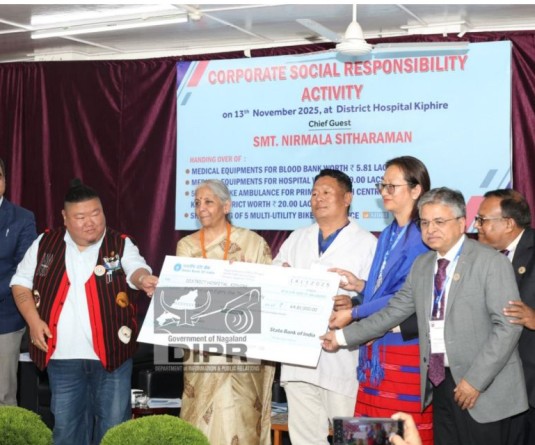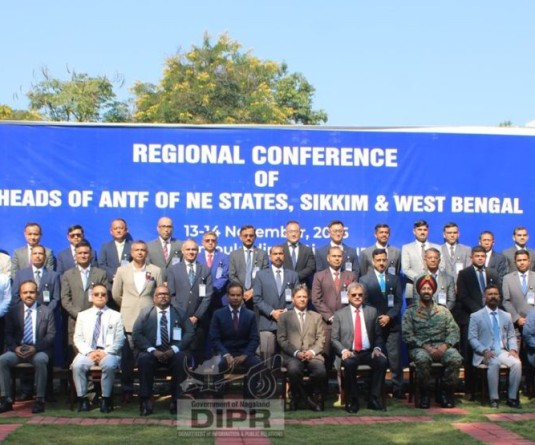
Our Correspondent
Kohima | March 20
A two day long teachers training on Computer Aided Learning (CAL) got underway here today at DC’s Conference Hall under the aegis of District Mission Authority, SSA, Kohima.
Kohima Deputy Commissioner Rajesh Soundararajan, IAS, who is also chairman DMA, SSA Kohima delivered keynote address. He said that computer has leverage the education towards different level together now. He called upon the teachers to make the use of the technology and work together in a very broad and open spectrum.
Soundararajan also called upon them to leverage what they have in their hands so that weaknesses are addressed by use of technology.
Piholi Swunetho, District Education Officer –cum- District Project Coordinator DMA, SSA Kohima spoke on the advantages of computer aided teaching and learning. The inaugural function was chaired by Ruokuoneinuo, project assistant DMA, SSA Kohima while welcome address was delivered by Thongsenlo, assistant district co-ordinator DMA, SSA Kohima. Talimoa Longkumer, faculty All India Computer Saksharta Mission (AICSM) Kohima acted as the resource person.
The programme will go on till March 21.
Concept of CAL
The concept of CAL involves the delivery of lesson modules via computers in an active and engaging manner as a means to augment classroom instruction. These modules are designed based on the state SCERT school curriculum.
The main objective of the CAL program is to attract the school children, retain them in the schools and to improve the quality of the education through animated multimedia based educational content besides imparting technical training to the subject teachers on the usages of CAL Multimedia Software and teaching students the basics of computers.
The program is implemented on BOOT (Build, Own, Operate, Transfer) model, where the implementing agents built/design the project, own and operate the project till the contract period and transfer the project i.e, the computers and other equipments in working condition at the end of the contract period to the school authority.
Objectives of CAL
The basic objectives of CAL program are; to make the students and teachers familiar with computer, to teach the subjects through computers, to use the educational software to assist the user in learning a particular subject, to enable the government school students especially rural area students to be at par with the urban and advance school students.
This program improves the IT literacy in the rural areas particularly, thereby removing the digital divide in the state, improve the inters of students in school studies thus increasing school attendance and between performance in examinations, improve the teaching process with the integration of the IT in the class and improve student and teacher learning and productivity.
CAL in Nagaland
For 2016-17, MoU was signed on 11 January 2017 with two ISO certified companies (1) M/S ECROUS IT Solutions, Maharashtra and (2) M/S I. CUBE Technologies & Services, Chennai to provide computer hardware, software and to provide training to subject teachers in 84 selected schools across the state.
The program is being implemented by outside agents till date since SSA Nagaland is in the opinion that the programme will be more successful in the state if the whole package of delivery of hardware, development of multimedia content CDs, teachers training on CAL, providing technical support etc is done by implementing firms due to lack of man-power and non availability of adequate infrastructure in the state. And also for the MHRD criteria of ISO certificate of firms/agents implementing the programme.
Besides Hardware and furniture, software on CAL multimedia of subjects mathematics, science, history, geography and political science based on the state SCERT school curriculum are to be developed and installed in schools by the implementing firms.
The identification of hard topics is done by subject teachers who created the study boards and submitted them to the firms for production of the multimedia content. These story-boards is first verified and approved by state SCET officials before final production of the multimedia content (Digital Learning Materials.).
These digital learning materials refer to the text book lesson topics being converted into multimedia CDs, it means the use of different types of media to teach a lesson or enhance a lesson with further examples or activities for students (for example, using film clips of footage shot during World War II while learning about the war in a history class).






